Accepted Scientific Name: Uebelmannia gummifera (Backeb. & Voll) Buining
Succulenta (Netherlands) 161, 1967
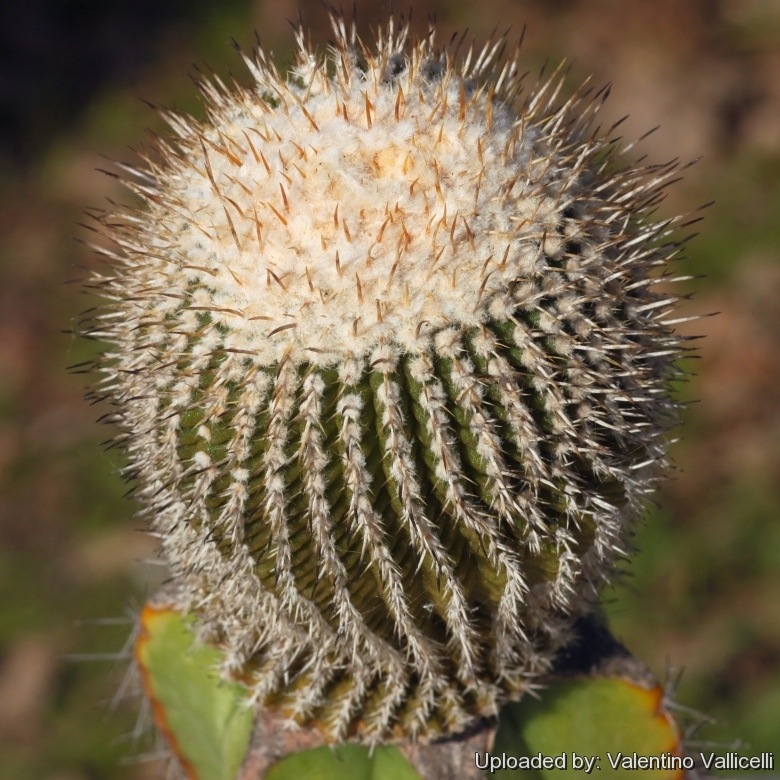
Parodia gummifera (Uebelmannia gummifera) Photo by: Valentino Vallicelli
Origin and Habitat: Serra Negra / Serra do Ambrósio, Minas Gerais, Brazil. Uebelmannia gummiferaSN|14302]]SN|14302]] has a very limited extent of occurrence (about 230 square kilometres) and there are three to four locations.
Altitude: 900–1600 metres above sea level.
Habitat and Ecology: Uebelmannia gummiferaSN|14302]]SN|14302]] grows on quartz sand in south-eastern campo rupestre biome. The species is locally very abundant, the population size is probably millions of individuals. The major threats are sand quarrying, cattle ranching, human developments, and collection of plants and seeds. Hence is listed as Endangered.
Synonyms:
See all synonyms of Uebelmannia gummifera
back
Accepted name in llifle Database:Uebelmannia gummifera (Backeb. & Voll) BuiningSucculenta (Netherlands) 161, 1967Synonymy: 12
back
Description: It is a short usually solitary cactus.
Stem: Spherical to slightly elongated and cylindrical with creamy-white wool in the centre, 6-8(-10) cm wide, becoming 10-12 cm high with age, greyish-green, the plants grown in shadow are greener, while the ones in full sun can take a reddish colour.
Ribs: When fully mature it has up to 32 ribs, but initially it has considerably fewer. These ribs at first are strongly tuberculate, later narrow and continuous.
Areoles: Close set, greyish white, at first 3 mm or more apart, then nearly confluent and encompassing the stems.
Central spines: Usually one, straight, gray, pointing slightly upward.
Radial spines: 3 (seldom more ), one longer pointing slightly downward, the other lateral more or less erect, subulate, light to dark grey with darker brownish tips, 3-5 mm long.
Flowers: Diurnal sulfur-yellow about 2 cm long , 1,5 cm in diameter.
Blooming season: Flowers come sporadically from early summer to late summer.
Fruit: 1,8 x 6-8 mm yellowish-green and globular with numerous seeds.
Subspecies, varieties, forms and cultivars of plants belonging to the Uebelmannia gummifera group
Bibliography: Major references and further lectures
1) Edward Anderson “The Cactus family” Timber Press, Incorporated, 2001
2) James Cullen, Sabina G. Knees, H. Suzanne Cubey "The European Garden Flora Flowering Plants: A Manual for the Identification of Plants Cultivated in Europe, Both Out-of-Doors and Under Glass" Cambridge University Press, 11/Aug/2011
3) David R Hunt; Nigel P Taylor; Graham Charles; International Cactaceae Systematics Group. "The New Cactus Lexicon" dh books, 2006Jackie M. Poole, William R. Carr, Dana M. Price, Jason R. Singhurst “Rare plants of Texas: a field guide” Texas A&M University Press, 30/Dec/2007
4) Machado, M., Braun, P. & Taylor, N.P. 2013. Uebelmannia gummifera. In: IUCN 2013. "IUCN Red List of Threatened Species." Version 2013.2. <www.iucnredlist.org>. Downloaded on 23 December 2013.
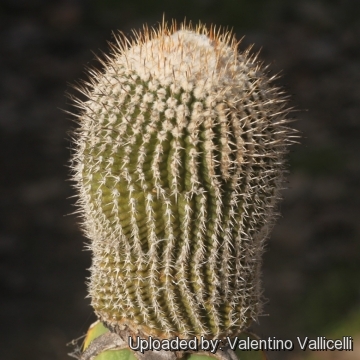 Parodia gummifera (Uebelmannia gummifera) Photo by: Valentino Vallicelli
Parodia gummifera (Uebelmannia gummifera) Photo by: Valentino Vallicelli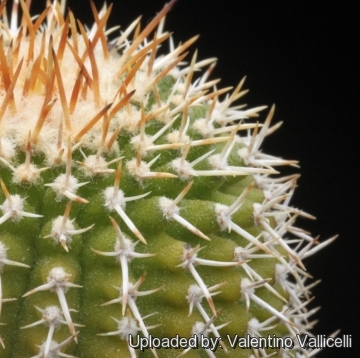 Parodia gummifera (Uebelmannia gummifera) Photo by: Valentino Vallicelli
Parodia gummifera (Uebelmannia gummifera) Photo by: Valentino Vallicelli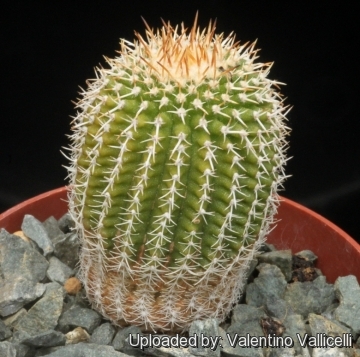 Parodia gummifera (Uebelmannia gummifera) Photo by: Valentino Vallicelli
Parodia gummifera (Uebelmannia gummifera) Photo by: Valentino Vallicelli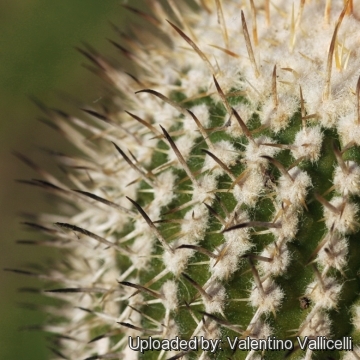 Parodia gummifera (Uebelmannia gummifera) Photo by: Valentino Vallicelli
Parodia gummifera (Uebelmannia gummifera) Photo by: Valentino Vallicelli Parodia gummifera (Uebelmannia gummifera) Photo by: Valentino Vallicelli
Parodia gummifera (Uebelmannia gummifera) Photo by: Valentino Vallicelli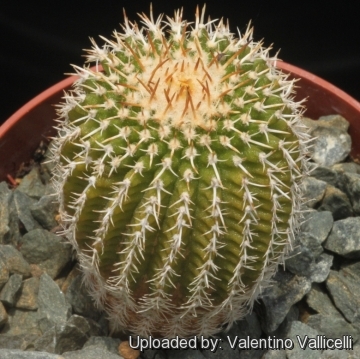 Parodia gummifera (Uebelmannia gummifera) Photo by: Valentino Vallicelli
Parodia gummifera (Uebelmannia gummifera) Photo by: Valentino VallicelliCultivation and Propagation: This tropical genus, which is hardly ever cultivated except in very specialized collections, loves warm moist, humid conditions and mist spraying is a must in summer. Water regularly during the growing season (rain water is highly recommended) and use a very draining low pH mineral potting substrate (if possible not limestone) otherwise growth will stop altogether. At the onset of winter, do not water. Uebelmannias need heat all year round and extra winter heat, minimum 10° C is best. Avoid any frost. Keep cool in summer. This plant prove to be root prone if kept too cold in winter. To help stop this a good deep collar of pumice or lava grit is an excellent idea. It prefers a full sun position and possibly afternoon shade in summer. If you can place it so that this occurs the plant will be much happier.
Propagation: Seeds, but plants are often grafted making them easier to grow, particularly through the winter. If possible using a rootstock that is more hardy than the Uebelmannia is the ideal.
















